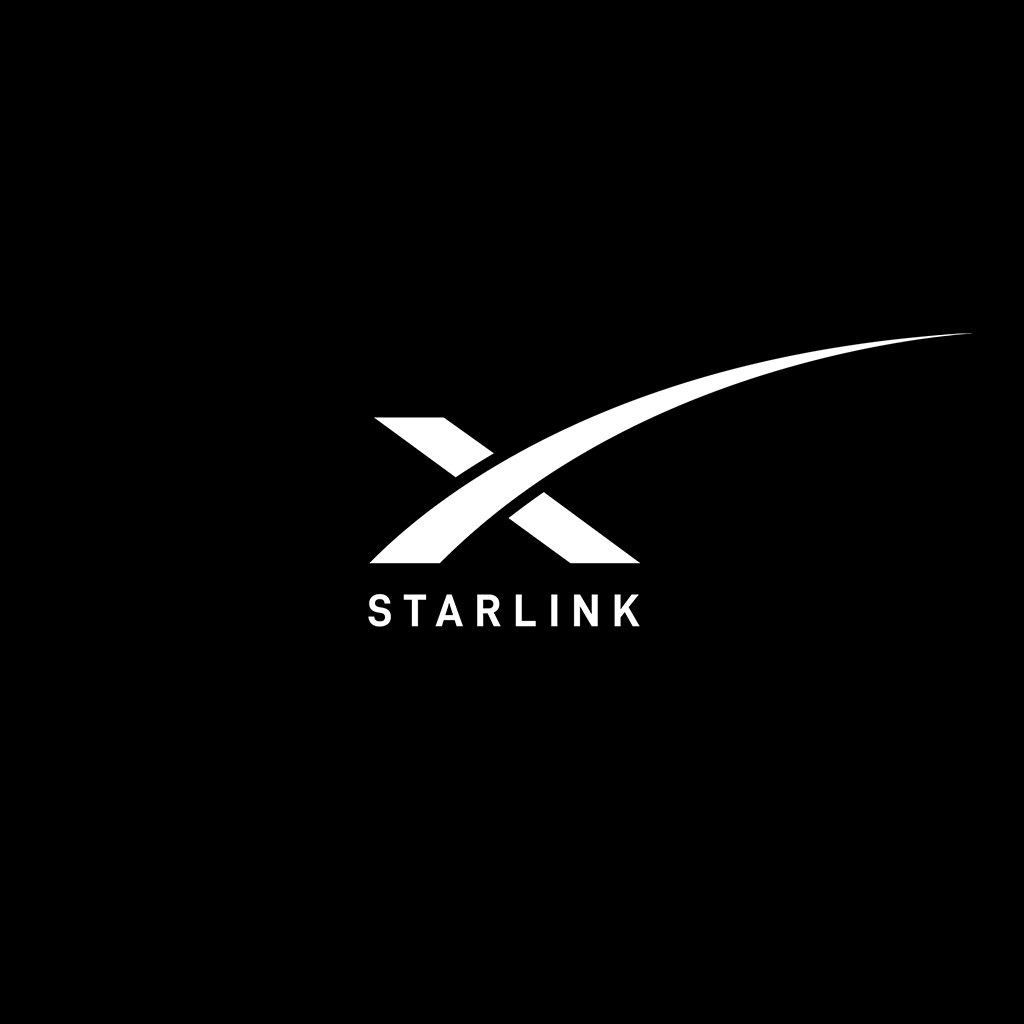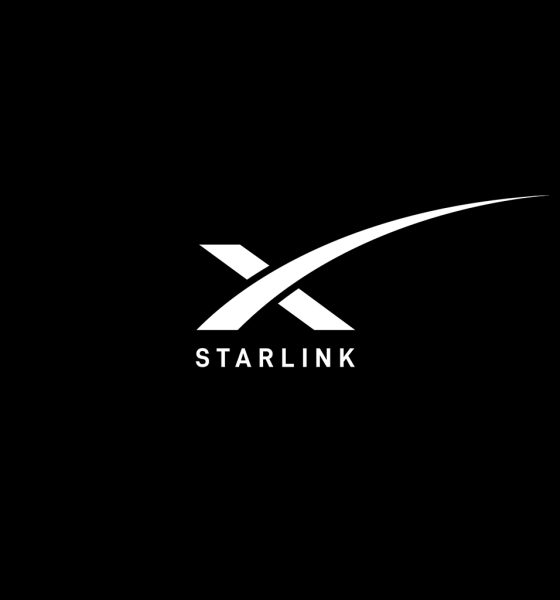SpaceX appealed the Federal Communications Commission’s reversal of Starlink’s infrastructure award of $885.5 million. The appeal was filed electronically and hand-delivered to FCC Secretary Marlene Dortch.
In the executive summary, it said that the decision to exclude Starlink from the Rural Digital Opportunity Fund (RDOF) was flawed in both matters of law and policy. According to the document,
“It fails legally because it contradicts the record—including SpaceX’s and Starlink’s proven capabilities—it contradicts the Commission’s stated rules for the program, and it rests on unsupported conjecture and outside-the-record information apparently cherry-picked from somewhere on the Internet.”
“Worse, it fails the RDOF’s very purpose: closing the digital divide. As the last few years have highlighted, it is critical to connect all Americans as quickly as possible, whether to enable kids to do their homework, empower parents to work from home, help doctors provide telehealth services, or assist first responders with emergency situations. The Bureau’s decision undermines this goal, leaving the very Americans that RDOF was supposed to connect stranded indefinitely on the wrong side of the digital divide.”
“This decision is so broken that it is hard not to see it as an improper attempt to undo the Commission’s earlier decision, made under the previous Administration, to permit satellite broadband service providers to participate in the RDOF program. The decision appears to have been rendered in service to a clear bias towards fiber, rather than a merits-based decision to actually connect unserved Americans. Commissioner Starks, in adopting the RDOF Order, correctly foresaw that “next-generation satellite broadband holds tremendous technological promise for addressing the digital divide and is led by strong American companies with a lengthy record of success.”
“Rightly, he directed the Bureau to “evaluate those applications on their own merits.” But the Bureau inexplicably ignored this direction and instead applied far different standards to SpaceX’s application precisely because SpaceX proposes to use satellites.”
SpaceX also said that the Bureau’s decision to improperly misuse data outside the record to penalize it alone for its system’s current speeds was one of the many errors. Another error was that the Bureau ignored SpaceX’s “robust record evidence” of its proven ability to quickly expand and upgrade its network.
The Bureau failed to account for SpaceX’s transparent all-in pricing against the “opaque pricing—which disguises the true cost to consumers—common in the industry,” SpaceX said.
“The Bureau’s decision holds SpaceX to standards not adopted by the Commission for the RDOF program. Indeed, these are standards that no bidder could meet today. Changing the rules to undo a prior policy is grossly unfair after SpaceX has invested thousands of employee hours and millions of dollars preparing to meet its RDOF obligations on the reasonable assumption that the Bureau would apply the Commission’s rules in an even-handed manner.”
“Far more troubling, as no RDOF applicant offering fiber even bid in the majority of the territories SpaceX committed to serve through RDOF, the Bureau’s decision leaves the Commission with no plan to connect many unconnected Americans, undermining the very purpose of this program. The decision should not be allowed to stand, leaving the people in these rural areas across our country behind yet again.”
Last month, FCC Commissioner, Brenden Carr, called out the agency for denying Starlink’s award. Along with a statement posted to Twitter, he tweeted that it would leave rural Americans “waiting on the wrong side of the digital divide.”
Your feedback is welcome. If you have any comments, or concerns, or see a typo, you can email me at johnna@teslarati.com. You can also reach me on Twitter at @JohnnaCrider1.
Teslarati is now on TikTok. Follow us for interactive news & more.

News
Tesla Model Y demand in China is through the roof, new delivery dates show
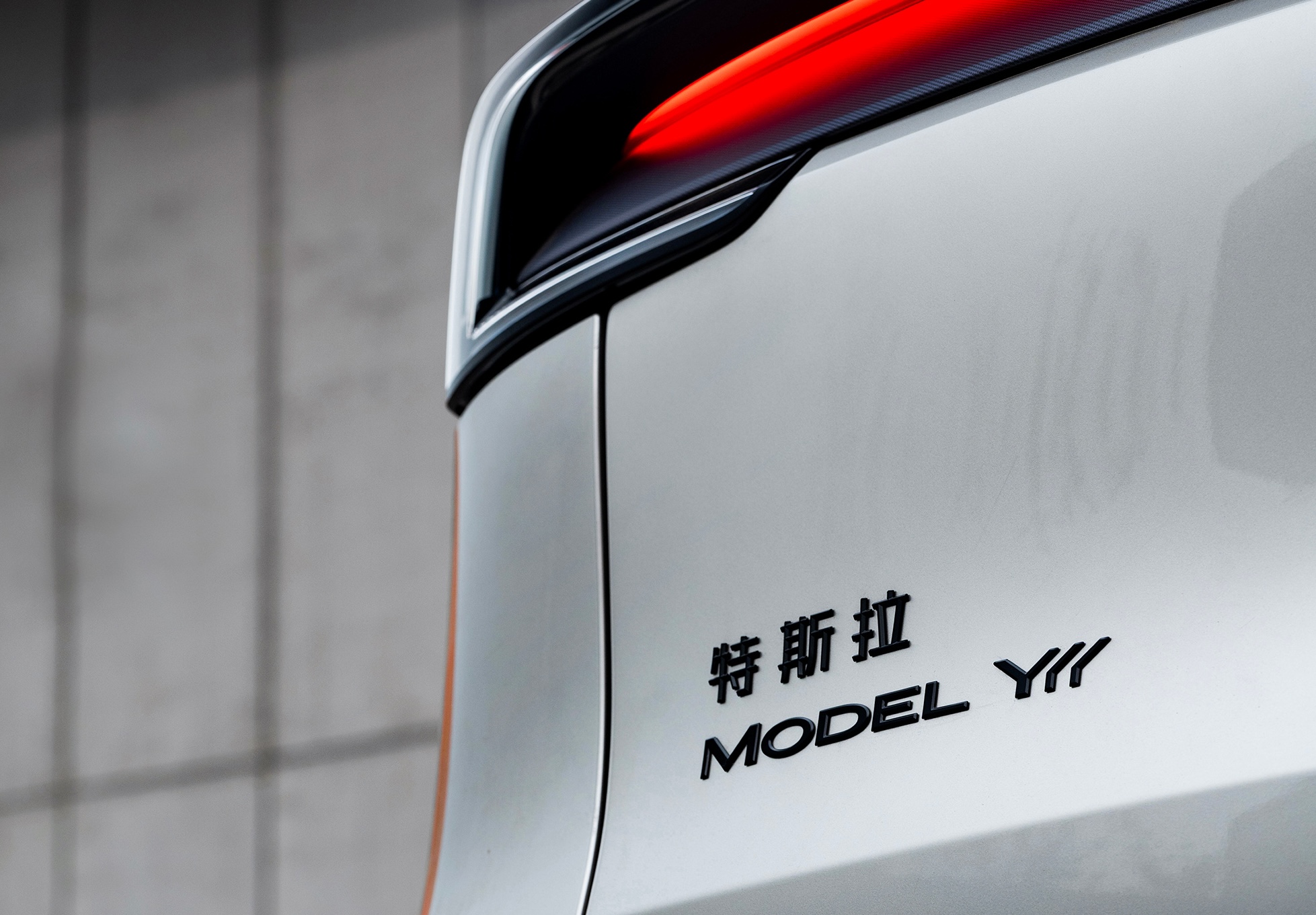
Tesla Model Y demand in China is through the roof, and new delivery dates show the company has already sold out its allocation of the all-electric crossover for 2025.
The Model Y has been the most popular vehicle in the world in both of the last two years, outpacing incredibly popular vehicles like the Toyota RAV 4. In China, the EV market is substantially more saturated, with more competitors than in any other market.
However, Tesla has been kind to the Chinese market, as it has launched trim levels for the Model Y in the country that are not available anywhere else. Demand has been strong for the Model Y in China; it ranks in the top 5 of all EVs in the country, trailing the BYD Seagull, Wuling Hongguang Mini EV, and the Geely Galaxy Xingyuan.
The other three models ahead of the Model Y are priced substantially lower.
Tesla is still dealing with strong demand for the Model Y, and the company is now pushing delivery dates to early 2026, meaning the vehicle is sold out for the year:
NEWS: New orders for all four Tesla Model Y trims in China are now officially sold out for 2025, as the factory’s remaining production capacity for the year has been fully allocated.
Estimated delivery dates for new orders now show January-February 2026. pic.twitter.com/Dfnu7yY58N
— Sawyer Merritt (@SawyerMerritt) December 1, 2025
Tesla experienced a 9.9 percent year-over-year rise in its China-made EV sales for November, meaning there is some serious potential for the automaker moving into next year despite increased competition.
There have been a lot of questions surrounding how Tesla would perform globally with more competition, but it seems to have a good grasp of various markets because of its vehicles, its charging infrastructure, and its Full Self-Driving (FSD) suite, which has been expanding to more countries as of late.
Tesla Model Y is still China’s best-selling premium EV through October
Tesla holds a dominating lead in the United States with EV registrations, and performs incredibly well in several European countries.
With demand in China looking strong, it will be interesting to see how the company ends the year in terms of global deliveries.
News
Tesla Europe rolls out FSD ride-alongs in the Netherlands’ holiday campaign
The festive event series comes amid Tesla’s ongoing push for regulatory approval of FSD across Europe.
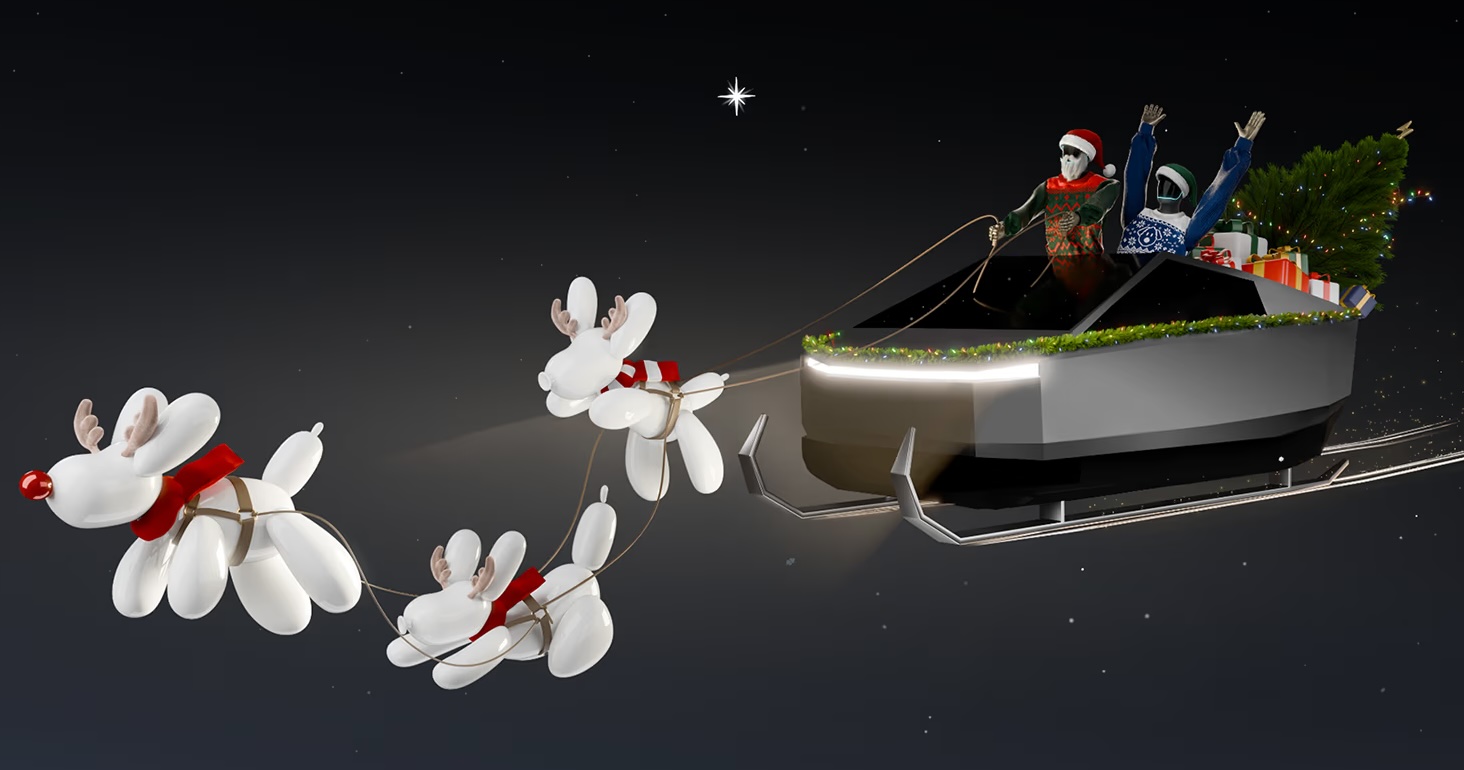
Tesla Europe has announced that its “Future Holidays” campaign will feature Full Self-Driving (Supervised) ride-along experiences in the Netherlands.
The festive event series comes amid Tesla’s ongoing push for regulatory approval of FSD across Europe.
The Holiday program was announced by Tesla Europe & Middle East in a post on X. “Come get in the spirit with us. Featuring Caraoke, FSD Supervised ride-along experiences, holiday light shows with our S3XY lineup & more,” the company wrote in its post on X.
Per the program’s official website, fun activities will include Caraoke sessions and light shows with the S3XY vehicle lineup. It appears that Optimus will also be making an appearance at the events. Tesla even noted that the humanoid robot will be in “full party spirit,” so things might indeed be quite fun.
“This season, we’re introducing you to the fun of the future. Register for our holiday events to meet our robots, see if you can spot the Bot to win prizes, and check out our selection of exclusive merchandise and limited-edition gifts. Discover Tesla activities near you and discover what makes the future so festive,” Tesla wrote on its official website.
This announcement aligns with Tesla’s accelerating FSD efforts in Europe, where supervised ride-alongs could help demonstrate the tech to regulators and customers. The Netherlands, with its urban traffic and progressive EV policies, could serve as an ideal and valuable testing ground for FSD.
Tesla is currently hard at work pushing for the rollout of FSD to several European countries. Tesla has received approval to operate 19 FSD test vehicles on Spain’s roads, though this number could increase as the program develops. As per the Dirección General de Tráfico (DGT), Tesla would be able to operate its FSD fleet on any national route across Spain. Recent job openings also hint at Tesla starting FSD tests in Austria. Apart from this, the company is also holding FSD demonstrations in Germany, France, and Italy.
News
Tesla sees sharp November rebound in China as Model Y demand surges
New data from the China Passenger Car Association (CPCA) shows a 9.95% year-on-year increase and a 40.98% jump month-over-month.
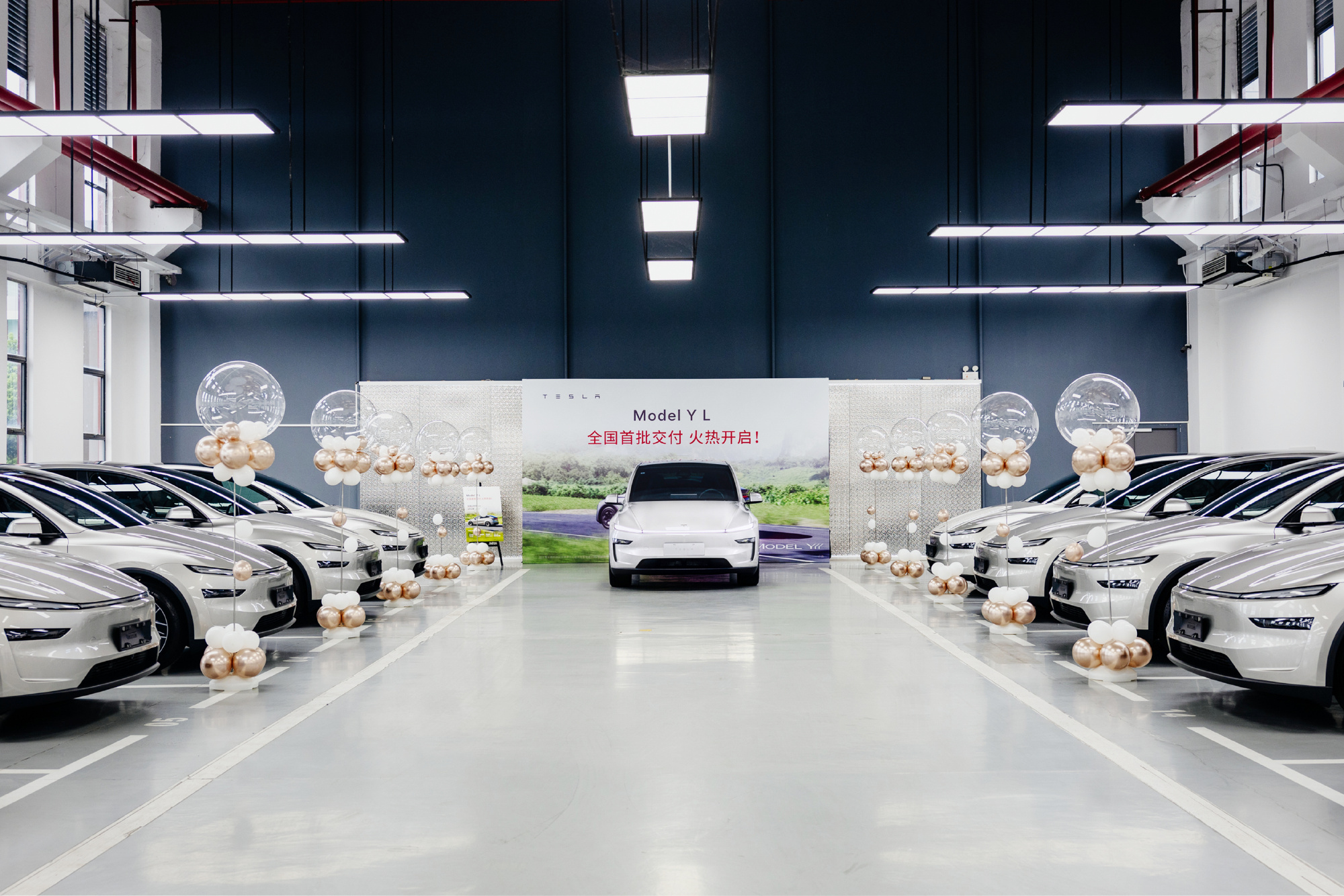
Tesla’s sales momentum in China strengthened in November, with wholesale volumes rising to 86,700 units, reversing a slowdown seen in October.
New data from the China Passenger Car Association (CPCA) shows a 9.95% year-on-year increase and a 40.98% jump month-over-month. This was partly driven by tightened delivery windows, targeted marketing, and buyers moving to secure vehicles before changes to national purchase tax incentives take effect.
Tesla’s November rebound coincided with a noticeable spike in Model Y interest across China. Delivery wait times extended multiple times over the month, jumping from an initial 2–5 weeks to estimated handovers in January and February 2026 for most five-seat variants. Only the six-seat Model Y L kept its 4–8 week estimated delivery timeframe.
The company amplified these delivery updates across its Chinese social media channels, urging buyers to lock in orders early to secure 2025 delivery slots and preserve eligibility for current purchase tax incentives, as noted in a CNEV Post report. Tesla also highlighted that new inventory-built Model Y units were available for customers seeking guaranteed handovers before December 31.
This combination of urgency marketing and genuine supply-demand pressure seemed to have helped boost November’s volumes, stabilizing what had been a year marked by several months of year-over-year declines.
For the January–November period, Tesla China recorded 754,561 wholesale units, an 8.30% decline compared to the same period last year. The company’s Shanghai Gigafactory continues to operate as both a domestic production base and a major global export hub, building the Model 3 and Model Y for markets across Asia, Europe, and the Middle East, among other territories.
